Exploring Authentic Mountain Life
Georgia, a gem nestled in the Caucasus region, is renowned for its breathtaking landscapes, rich history, and vibrant culture. Beyond the well-trodden paths of cities like Tbilisi and Batumi lie Georgia’s hidden mountain villages—sanctuaries of authentic mountain life that offer a glimpse into the country’s traditional ways, resilient communities, and stunning natural beauty. These villages, often remote and accessible only by winding mountain roads or trekking trails, provide travelers with unique experiences, from ancient architecture and traditional crafts to unparalleled scenic vistas. This guide delves into some of Georgia’s most enchanting hidden villages, exploring their significance, attractions, and practical tips for an unforgettable journey into authentic mountain life.
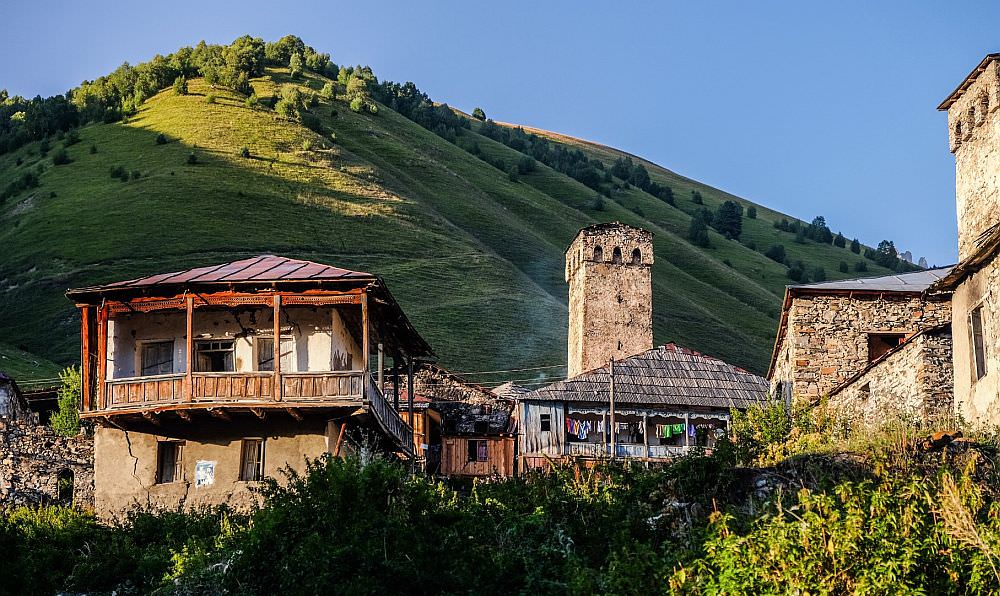
1. Why Explore Georgia’s Hidden Mountain Villages?
A. Authentic Cultural Experience
Georgia’s mountain villages preserve centuries-old traditions, languages, and lifestyles that have withstood modernization. Visiting these villages allows travelers to immerse themselves in genuine Georgian culture, interact with hospitable locals, and participate in traditional activities such as crafting, cooking, and farming.
B. Stunning Natural Landscapes
Surrounded by the majestic Caucasus Mountains, these villages offer some of the most picturesque landscapes in Georgia. From terraced vineyards and cascading waterfalls to pristine forests and alpine meadows, the natural beauty is both serene and awe-inspiring.
C. Adventure and Tranquility
Whether you’re an adventure seeker eager to trek rugged trails or someone yearning for peaceful retreats amidst nature, Georgia’s hidden villages cater to diverse interests. These destinations provide a perfect balance of excitement and relaxation, away from the hustle and bustle of urban centers.
2. Top Hidden Mountain Villages in Georgia
A. Ushguli (Svaneti)
Overview:
Ushguli, located in the Upper Svaneti region, is one of Europe’s highest continuously inhabited settlements, perched at an elevation of approximately 2,200 meters (7,217 feet). Recognized as a UNESCO World Heritage Site, Ushguli is famed for its medieval Svan towers, stunning mountain vistas, and rich Svan culture.
.jpg)
Key Features:
- Svan Towers: These ancient stone towers were historically used for defense and as residences. They offer a glimpse into the region’s architectural ingenuity and resilience.
- Gergeti Trinity Church: Although technically in the nearby village of Gergeti, many visitors combine their trip to Ushguli with a visit to this iconic church, set against the backdrop of Mount Kazbek.
- Natural Beauty: Surrounded by towering peaks, glaciers, and lush valleys, Ushguli is a paradise for nature lovers and photographers.
Activities:
- Hiking and Trekking: Explore trails leading to stunning viewpoints, waterfalls, and remote valleys.
- Cultural Immersion: Engage with local Svans, learn about their traditions, and participate in crafting or cooking workshops.
- Winter Sports: In the snowy months, Ushguli transforms into a haven for skiing and snowboarding enthusiasts.
.jpg)
Visitor Tips:
- Best Time to Visit: Late spring to early autumn (May to October) for hiking and sightseeing. Winter offers a unique, serene experience but requires preparation for cold weather.
- Accommodation: Stay in traditional guesthouses or eco-lodges that offer authentic experiences and home-cooked meals.
- Accessibility: Reachable by a combination of road travel from Mestia and a short trek or shuttle service. Due to its high altitude, acclimatization is recommended.
B. Shatili (Khevsureti)
Overview:
Shatili is a fortified village nestled in the rugged terrains of Khevsureti, one of Georgia’s most remote and untouched regions. Surrounded by cliffs and dense forests, Shatili boasts a unique blend of architectural beauty and natural splendor.
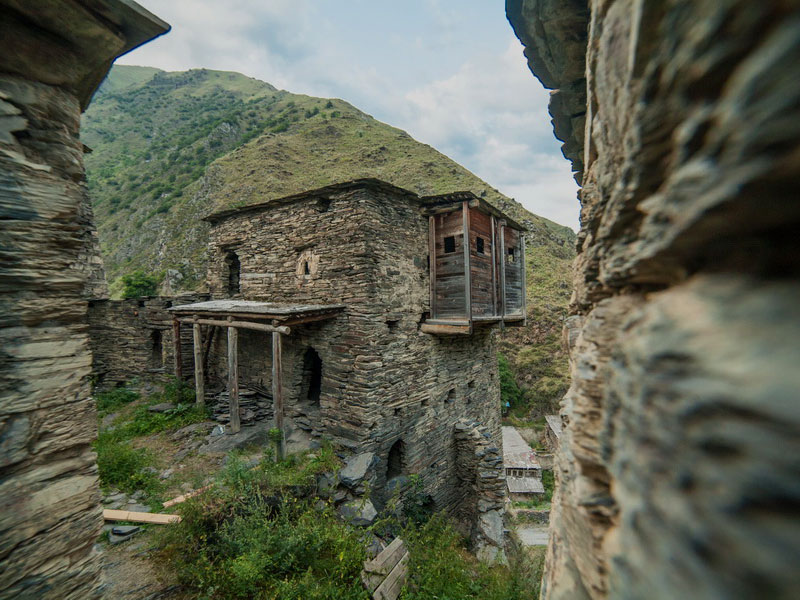
Key Features:
- Fortified Structures: The village comprises interconnected stone houses and towers, designed for defense against invaders.
- Scenic Location: Situated along the Enguri River, Shatili offers breathtaking views of the surrounding mountains and valleys.
- Rich History: Historically a hub for shepherds and traders, Shatili retains its traditional lifestyle and cultural practices.
Activities:
- Exploration and Photography: Wander through the maze of stone buildings, capturing the essence of medieval mountain life.
- Hiking: Trek through pristine forests and trails that offer panoramic views and encounters with local wildlife.
- Cultural Experiences: Interact with villagers, learn about traditional Khevsur customs, and enjoy homemade Georgian cuisine.
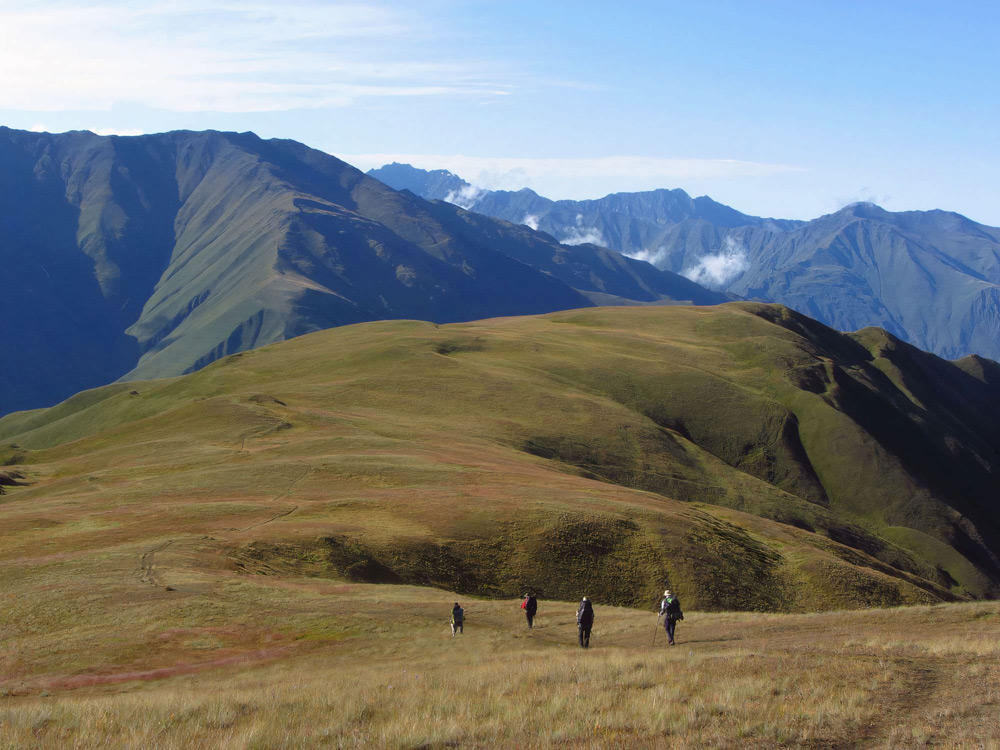
Visitor Tips:
- Best Time to Visit: June to September, when trails are accessible, and weather conditions are favorable.
- Accommodation: Limited guesthouses and homestays are available. It’s advisable to book in advance, especially during peak seasons.
- Accessibility: Requires a combination of road travel and trekking. Hiring a local guide is recommended for safe and informative journeys.
C. Lagodekhi (Lagodekhi)
Lagodekhi is a picturesque village located near the eastern borders of Georgia, within the Lagodekhi National Park. Known for its lush green landscapes and serene environment, Lagodekhi offers a tranquil escape into nature.

Key Features:
- Lagodekhi National Park: Encompasses diverse ecosystems, from subtropical forests to alpine meadows, making it a haven for biodiversity.
- Historic Sites: Home to ancient churches and monasteries that reflect Georgia’s spiritual heritage.
- Natural Attractions: Features waterfalls, hot springs, and scenic hiking trails.
Activities:
- Hiking and Nature Walks: Explore the park’s extensive network of trails, leading to waterfalls, panoramic viewpoints, and secluded spots.
- Wildlife Watching: Spot a variety of flora and fauna, including rare bird species and endemic plants.
- Cultural Visits: Tour historic religious sites and engage with the local community to learn about their way of life.
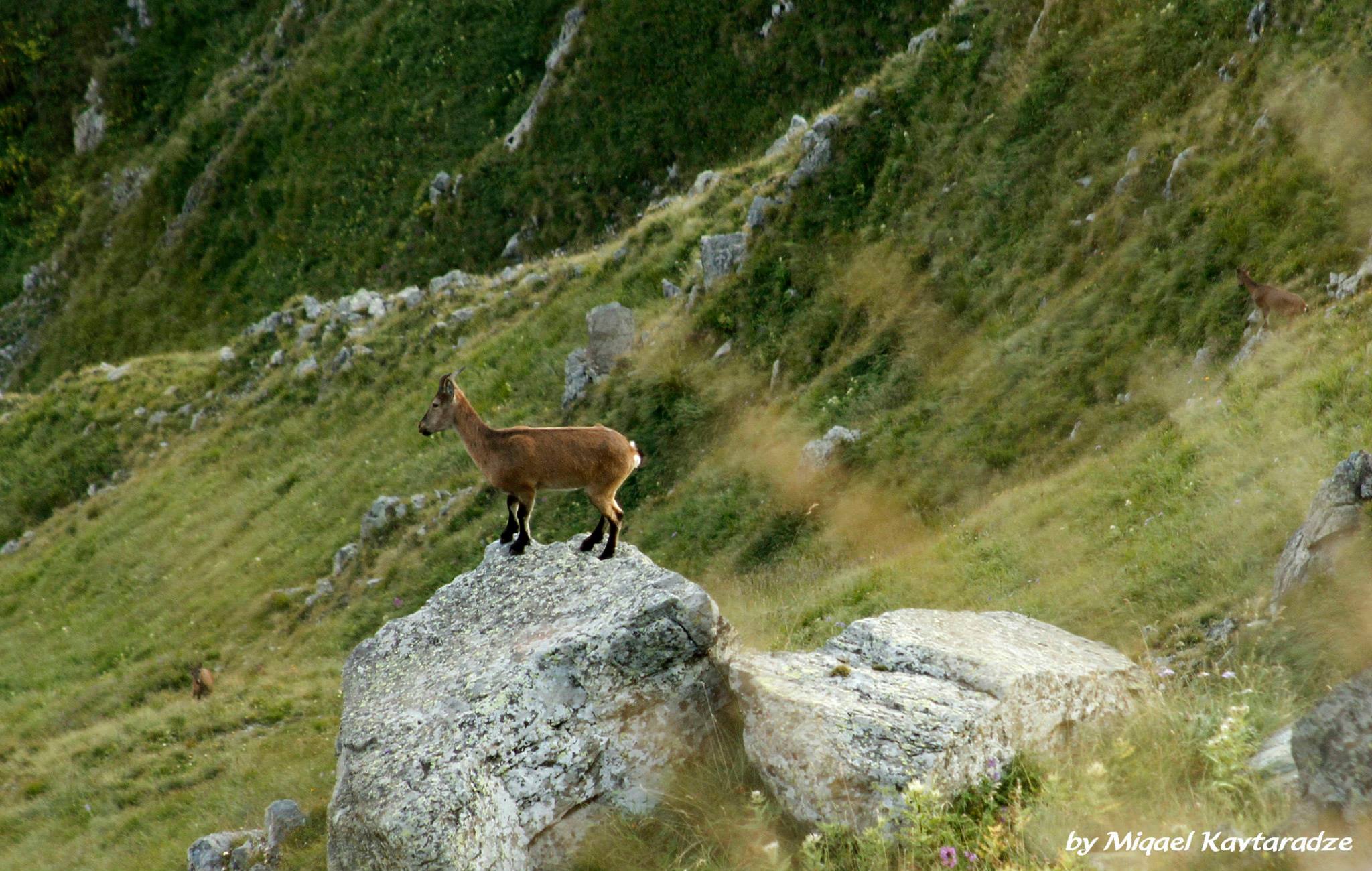
Visitor Tips:
- Best Time to Visit: April to October, with spring and autumn offering the most pleasant weather and vibrant scenery.
- Accommodation: Options include guesthouses, eco-lodges, and campsites within or near the national park.
- Accessibility: Accessible by road from Tbilisi, with the option to explore further into the national park via hiking or guided tours.
D. Mushiani (Tusheti)
Mushiani is a secluded village situated in the heart of Tusheti National Park, one of Georgia’s most pristine and remote regions. Known for its untouched beauty and traditional Tushetian architecture, Mushiani offers an authentic mountain experience.
.jpg)
Key Features:
- Traditional Architecture: Stone houses with thatched roofs, reflecting the region’s heritage and adaptation to the mountainous environment.
- Natural Surroundings: Surrounded by untouched nature, including alpine meadows, rugged peaks, and flowing rivers.
- Cultural Heritage: Preserves Tushetian customs, language, and crafts, offering a deep dive into local traditions.
Activities:
- Trekking: Explore trails that lead to panoramic viewpoints, ancient churches, and natural springs.
- Cultural Engagement: Participate in local festivals, learn traditional crafts, and savor homemade Tushetian dishes.
- Wildlife Exploration: Discover the rich biodiversity of Tusheti, home to species like the West Caucasian tur and golden eagles.
.webp)
Visitor Tips:
- Best Time to Visit: June to September, when roads are accessible, and weather conditions are optimal for outdoor activities.
- Accommodation: Limited guesthouses and homestays are available. Booking in advance is essential due to the village’s remote nature.
- Accessibility: Accessible via the Georgian Military Highway or Kutaisi-Vaziani Tunnel, followed by a scenic drive and short trek. Hiring a local guide is recommended for navigation and insights.
3. Lesser-Known Hidden Villages Worth Visiting
A. Shuakhevi (Lechkhumi)
Overview:
Shuakhevi is a charming village located in the Lechkhumi region, known for its beautiful landscapes and traditional Georgian hospitality. It serves as a gateway to exploring the surrounding natural beauty and cultural landmarks.
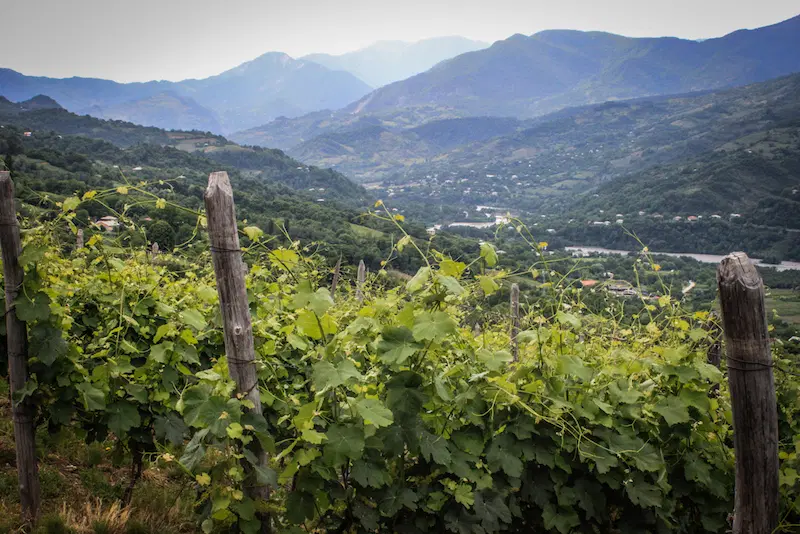
Key Features:
- Historical Sites: Features ancient churches and traditional houses that showcase the region’s architectural heritage.
- Natural Attractions: Close to waterfalls, forests, and hiking trails that offer immersive nature experiences.
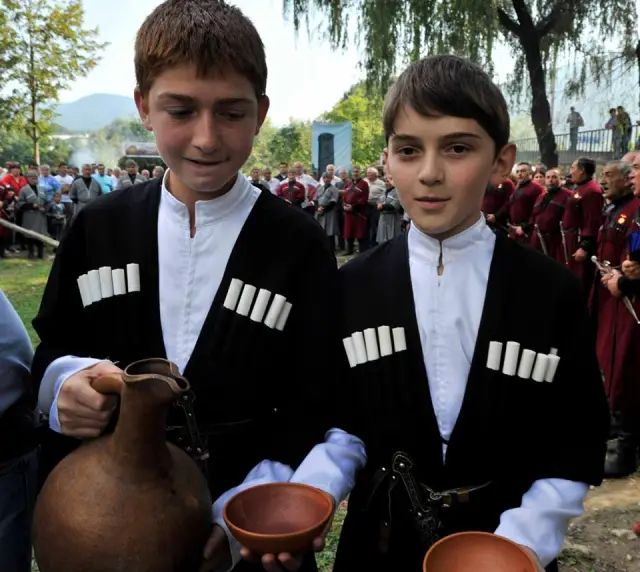
Activities:
- Hiking: Explore nearby trails that lead to scenic spots and natural landmarks.
- Cultural Visits: Visit local artisans and learn about traditional crafts and practices.
Visitor Tips:
- Best Time to Visit: Spring to autumn for optimal weather and trail accessibility.
- Accommodation: Guesthouses and small hotels provide comfortable stays with local charm.
B. Khevsureti Villages (Tsageri, Kveda Khevsureti)
Khevsureti is a historic and remote region known for its fortified villages and rugged landscapes. Villages like Tsageri offer an authentic glimpse into Georgia’s mountain life.
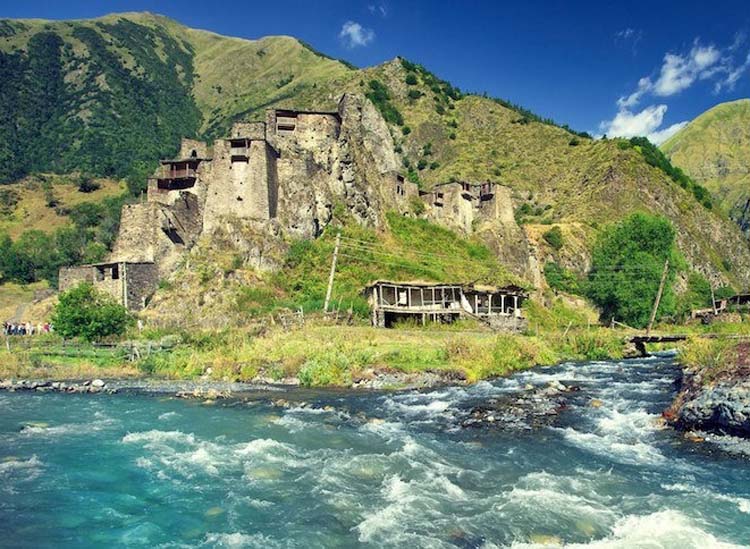
Key Features:
- Fortified Architecture: Stone houses and towers designed for defense against invaders.
- Scenic Landscapes: Majestic mountains, deep gorges, and pristine rivers create a stunning backdrop.
Activities:
- Trekking: Navigate through challenging trails that reward hikers with breathtaking views and serene environments.
- Cultural Exploration: Engage with locals, participate in traditional ceremonies, and experience the region’s rich heritage.
Visitor Tips:
- Best Time to Visit: Late spring to early autumn for safe and enjoyable trekking conditions.
- Accommodation: Limited to guesthouses and homestays; booking is recommended.
C. Baghdati (Racha)
Baghdadi is a picturesque village in the Racha region, surrounded by lush forests and rolling hills. It’s an ideal base for exploring the natural beauty and cultural landmarks of Racha.
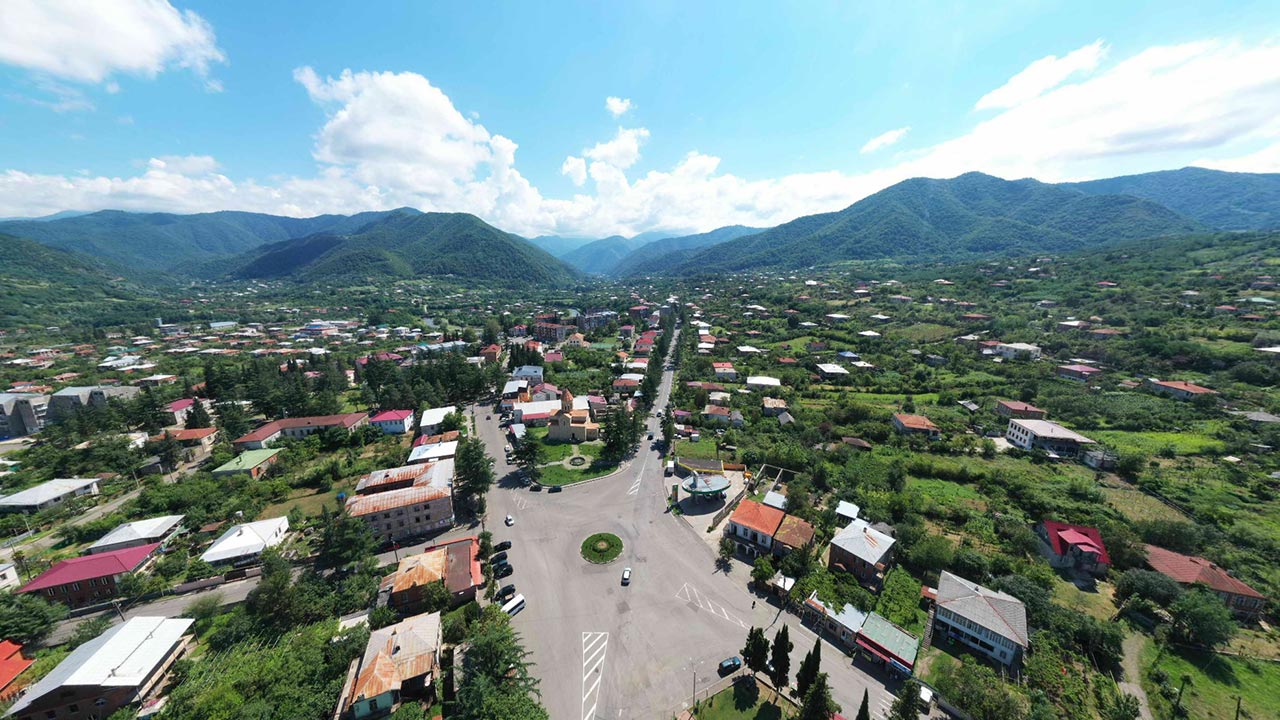
Key Features:
- Historical Monuments: Home to ancient churches and monasteries that reflect Georgia’s religious heritage.
- Natural Beauty: Proximity to pristine forests, rivers, and hiking trails offers ample opportunities for outdoor activities.
Activities:
- Hiking and Nature Walks: Discover trails that lead to waterfalls, scenic viewpoints, and secluded spots.
- Cultural Visits: Tour local churches, engage with artisans, and savor traditional Rachuli cuisine.
Visitor Tips:
- Best Time to Visit: May to October, with spring and autumn providing the best weather for exploration.
- Accommodation: Guesthouses and small hotels offer comfortable and affordable stays.
4. Practical Tips for Visiting Georgia’s Hidden Mountain Villages
A. Planning and Preparation
- Research Ahead: Understand the geography, cultural norms, and available amenities of the villages you plan to visit.
- Permits and Regulations: Some regions, especially remote areas like Tusheti and Khevsureti, require special permits. Obtain these through local authorities or tour operators in advance.
- Travel Insurance: Ensure your insurance covers trekking, medical emergencies, and potential trip cancellations, especially when visiting remote areas.
B. Transportation
- Rent a Reliable Vehicle: A 4×4 is recommended for navigating rough and unpaved roads leading to remote villages.
- Local Guides: Hiring a local guide can enhance your experience, providing insights into the culture, history, and safe navigation through challenging terrains.
- Public Transport Limitations: Public transportation options are limited in remote regions. Planning and flexibility are key when relying on buses or shared taxis.
C. Accommodation
- Book in Advance: Remote villages have limited accommodation options. Reserve your stay well ahead of your trip, especially during peak seasons.
- Stay with Locals: Opt for homestays or guesthouses to experience genuine Georgian hospitality and support local communities.
D. Packing Essentials
- Appropriate Clothing: Dress in layers to adapt to varying temperatures. Waterproof jackets and sturdy hiking boots are essential.
- Supplies: Carry sufficient water, snacks, and basic first-aid kits, as amenities can be scarce in remote villages.
- Navigation Tools: Bring maps, and GPS devices, and consider offline navigation apps, as mobile coverage may be unreliable in mountainous regions.
E. Respecting Local Culture and Environment
- Cultural Sensitivity: Respect local customs, traditions, and religious practices. Dress modestly when visiting religious sites.
- Environmental Responsibility: Follow the principles of Leave No Trace—dispose of waste properly, minimize your environmental impact, and preserve the natural beauty of the regions you visit.
F. Health and Safety
- Altitude Acclimatization: Some villages are located at high altitudes. Take it easy on your first day to acclimate and prevent altitude sickness.
- Emergency Preparedness: Know the locations of the nearest medical facilities and have emergency contacts handy.
5. Embracing the Local Culture and Cuisine
A. Traditional Georgian Cuisine
- Svanetian Dishes: Try Chvishtari (cheese-filled cornbread), Kubdari (meat-stuffed bread), and Svanuri Khinkali (unique dumplings).
- Local Beverages: Sample Chacha (a traditional grape-based spirit) and Svaneti Wine, known for its distinct flavors.

B. Participating in Local Traditions
- Festivals: Attend local festivals celebrating harvests, religious events, or cultural milestones.
- Crafts: Learn about traditional Svanetian crafts, including weaving, basket-making, and metalwork.

C. Hospitality and Community Engagement
- Homestays: Staying with local families offers an authentic experience, allowing you to partake in daily routines and communal activities.
- Language: Learning basic Georgian phrases can enhance interactions and show respect for the local culture.
7. Essential Travel Tips for Visiting Hidden Mountain Villages
A. Health and Safety
- Altitude Sickness: Some villages are situated at high elevations. Stay hydrated, avoid overexertion, and ascend gradually to acclimate.
- First Aid: Carry a basic first-aid kit, including medications for common ailments and altitude sickness.
B. Sustainable Travel Practices
- Respect Nature: Stick to marked trails, avoid disturbing wildlife, and minimize waste.
- Support Local Economy: Purchase local products, dine at family-run establishments, and hire local guides to contribute to the community’s well-being.
C. Connectivity and Communication
- Mobile Coverage: In remote areas, mobile signals may be weak or nonexistent. Inform someone of your itinerary and have offline maps or GPS devices.
- Emergency Contacts: Keep a list of local emergency numbers and your country’s embassy contact information.
D. Weather Preparedness
- Layered Clothing: Mountain weather can change rapidly. Dress in layers to adapt to temperature fluctuations.
- Rain Gear: Carry waterproof jackets and shoes to stay dry during unexpected showers.
Conclusion
Georgia’s hidden mountain villages are a treasure trove of authentic experiences, blending rich cultural heritage with unparalleled natural beauty. From the towering Svanetian towers of Ushguli to the fortified stone houses of Shatili, these villages offer a unique window into the country’s enduring traditions and resilient spirit. Whether you’re trekking through pristine landscapes, engaging with welcoming communities, or savoring traditional Georgian cuisine, exploring these remote villages promises an enriching and unforgettable adventure. Embrace the journey off the beaten path, and discover the heart and soul of Georgia’s mountain life.
Start your Georgian mountain adventure and uncover the timeless beauty and cultural richness that await in the country’s hidden villages!
